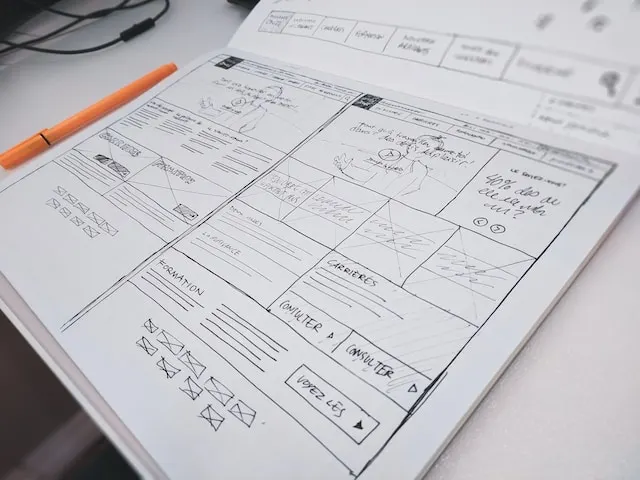
- psychology
- design
The Age of Monoliths - Why Your Favorite Apps Are Doing Everything
Apps like Spotify, Instagram, and Duolingo are expanding far beyond their original purposes, turning into "super apps" with features like videos, Reels, and even new subjects like math and music. While this helps big companies retain users and monetize their platforms, it risks overwhelming users with feature fatigue and alienating their core audience.










